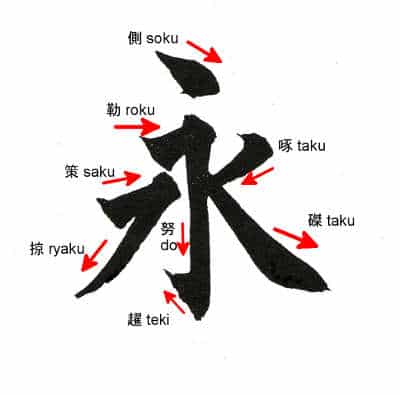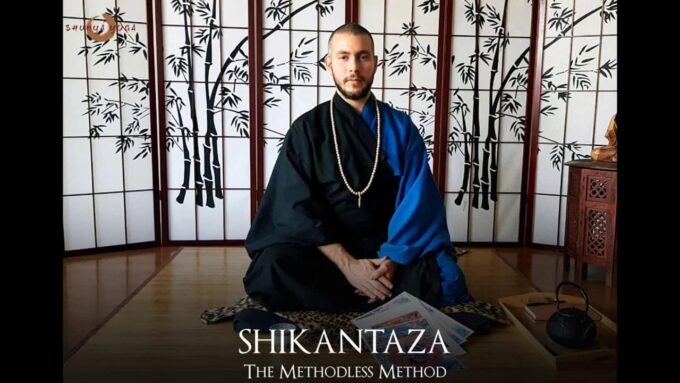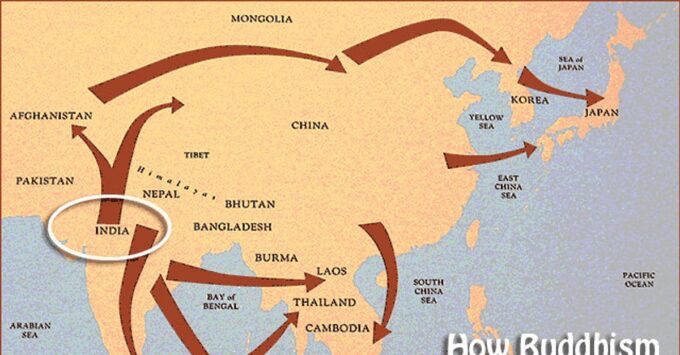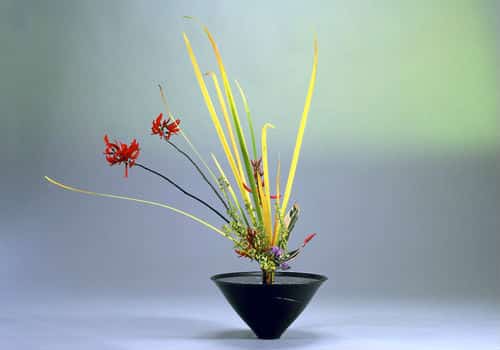Shodo – sho – to write and do – way, hence “The way of writing.”
Like many other Japanese traditions shodo has roots in China. During the 6th and 7th century, Chinese Buddhist monks came to Japan to convert people to their religion, and also to find enthusiasts of their beautiful writing style.
Using only a brush and ink this calligraphic writing became popular among highly placed nobles and eventually the Emperor himself.
In modern Japan calligraphy is rated as anachronic and is no longer a common way of writing. However, is still thought in schools, used for special occasions and in some forms of employment.
If you are a person that likes art in general don’t hesitate to visit museums and art galleries anytime you travel, because you’ll find displays and exhibitions of calligraphy. Good calligraphy is considered an art form and it takes many years of dedicated practice.
As you probably know shodo is related to Zen because it is often used in Zen monasteries. One who practices shodo understands that verticality, hands position, ink preparation, brush handling and concentration on what it happens on the paper are key elements in drawing good calligraphy.
Shodo has been born in a Buddhist context, so for a Zen practitioner this kind of practice will come natural as something that he or she has done before. Hence, one can say that like many other aspects of the Zen practice, shodo is zazen applied to daily life.
At the end of this article I want to say that this is the first from a series of articles in which I will try to explain all that I learned from my shodo teacher.
Photo source judospace.




